In her first ever article, Sarah-Ann Yong writes about her experience during the first ever MCCHR Level 2 (Intermediate) Strategic Litigation training (1-4 December 2016) where she met moot court judges Nasty, Nastier and Nastiest.
Fourteen young lawyers were very fortunate to be selected to attend the first ever Level 2 (Intermediate) Strategic Litigation training held at Pullman Putrajaya from 1st- 4th December 2016 organised by Malaysia Centre for Constitutionalism and Human Rights (MCCHR). This training was targeted at providing in-depth training on strategic litigation, namely, how to think, research, write and submit persuasively. MCCHR generously provided the sponsorship for this training in their continuous efforts to train lawyers to take up public interest/strategic litigation cases.
Day 1: Thursday, 1 December 2016
Upon arrival at the training venue, Khairil Zhafri, the Project Officer of MCCHR, introduced our camp facilitators to be none other than Honey Tan Lay Ean, one of Malaysia’s most prominent family law practitioner and Long Seh Lih, the Co-Founder of MCCHR.
Participants were divided into three separate groups and were asked to discuss several ground rules that will be imposed throughout the camp. This set the tone for the rest of the camp as we knew that both the campers as well as the facilitators/speakers were bound by it. Keep punctual, be open-minded, phones always on silent mode and the camp being a safe space to discuss ideas/thoughts were among some of the ground rules agreed by the participants.
After dinner, K. Shanmuga, one of the founders of Malaysia’s leading lawblawg LoyarBurok, spoke on the topic of “Knowing Your Judges”. This session was especially enlightening as he shared on the importance of knowing judges’ idiosyncrasies in order to understand how a particular judge runs the court room. To elucidate his point, Shanmuga shared that he also keeps a record of the appellate court judges he has previously appeared before, to remember and record their demeanour when counsel addresses them. A good first step to building good rapport with the judges is to never irritate them. Shanmuga also pointed out that most times, the purpose of taking on strategic litigation cases is not necessarily to win it, but to highlight a particular issue of concern to the public/media.
Just before we headed to bed, Honey gave us a “Video Me” homework wherein we had to record a video of ourselves discussing any particular area of law for 3 minutes and send it to the Whatsapp Group! This activity was particularly interesting as we saw participants discussing topics on among others, remand, migrant workers, refugees, cyber bullying, death penalty and legal technology.
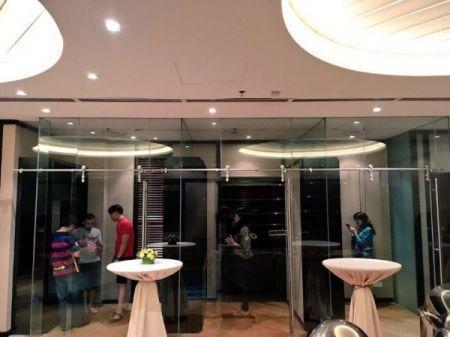
Day 2: Friday, 2 December 2016
Activist and Solicitor Fahri Azzat, once hailed by Augustman as one of the Men of the Year 2015, moderated the session on “Writing.” He started his session by reminding us that there is no such thing as a petty or silly question, and that the session (and camp as a whole), was a safe space to learn. Albeit brief, participants were able to practice drafting a statement of claim (SOC) which involved identifying the cause of action and particulars of damages. At the end of the hour, three separate SOC were projected on the screen so that the participants were able to give constructive feedback on how to improve our drafting skills. As lawyers, it’s natural to think that we should plead all the facts and evidence when drafting a SOC, but the golden key is “Sometimes, less is better”.
After lunch, Aston Paiva addressed the participants on the session on “Research”. The participants found this session particularly helpful as more often than not, young lawyers struggle with where to start researching when given a particular question of law. Aston showcased several examples of excellent research trails during his time studying the Bar Vocation Course in the United Kingdom. A good starting point, is always to identify key words in the question of law, and looking up the Encyclopaedia, Halsbury Laws of England, practitioner texts and journals before finally proceeding to electronic sources like Lexis Nexis.
Day 3: Saturday, 3 December 2016
Shanmuga enlightened us with practical tips on his preparation for any cases by using post-it notes, preparing a chronology of events and indexing wisely. The last thing you want to be caught doing is flipping the pages incessantly when the judge asks for a page reference. Three key take-away from this session was to always signpost your arguments by giving a map of how you are going to address your case before the judge; deal with the bad facts of your case accordingly before the judge points it out and to always humanize your case by remembering that real people’s lives are being affected while you are arguing it in court!
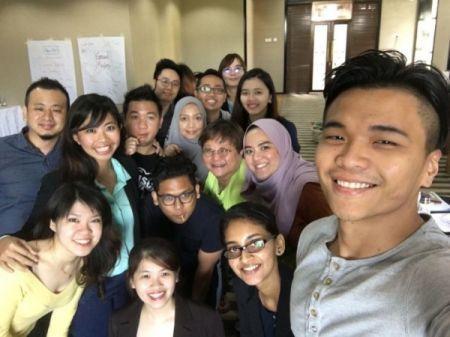
The facilitators decided to add a little twist to this camp’s moot session by giving us instructions for the submission preparation only at 2pm on Saturday! Most participants breathed a sigh of relief when we found out that the submissions were already prepared and no further research would be needed. The focus of this assignment was to hone our advocacy skills in a mock court room before the judges.
The two sets of cases were The Malaysian Bar v The Attorney General of Malaysia (AG) and Malaysian Anti-Corruption Commission (MACC) as well as Indira Gandhi a/p Mutho v Director of the Islamic Religious Affairs Department of Perak & 2 Ors. In brief, the former case concerns the Malaysian Bar challenging the decision of the AG not to prosecute the Prime Minister in respect of the transfers of RM2.6 billion into his personal bank account and for directing the MACC to close all investigations into this large scandal. Leave was not granted to pursue the judicial review application for this matter.
As for the latter case, Indira was appealing to the Federal Court on, inter alia, whether the mother and the father of the minor child of a civil marriage must consent before a certificate of conversion to Islam can be issued in respect of that child. To date, the Federal Court has not fixed a date to give its decision.
After dinner, four participants submitted valiantly before the judges despite only having less than 6 hours of preparation.
Day 4: Sunday, 4 December 2016
The last day of camp kick-started with the continuation of submissions for the remaining 10 participants. The judges provided vital feedback to each participant on ways to improve on our advocacy skills.
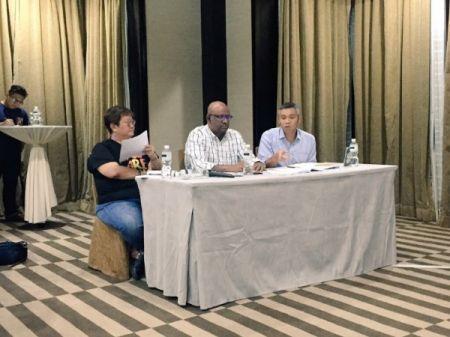
Judges are more often than not waiting for an opportunity to throw you off guard by asking difficult and unexpected questions or by steering away from your intended flow of thoughts! Overall, it was an invaluable session wherein participants walked away with constructive evaluation and honest insights from competent advocates themselves.
The author would like to extend her utmost gratitude to the camp facilitators/speakers, sponsors, senior lawyers and her fellow comrades for a brilliant weekend spent learning and gaining a fresh insight into the strategic litigation world.

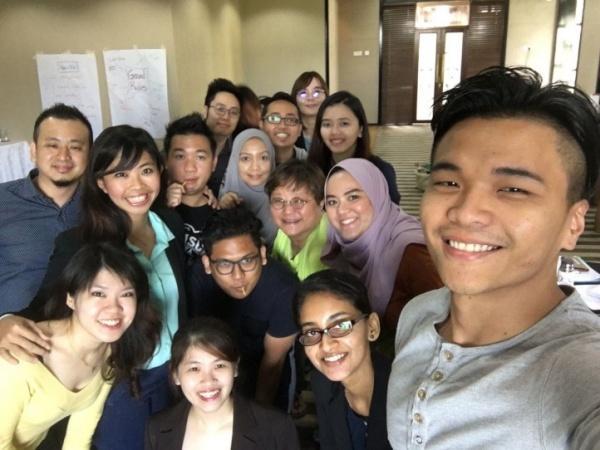
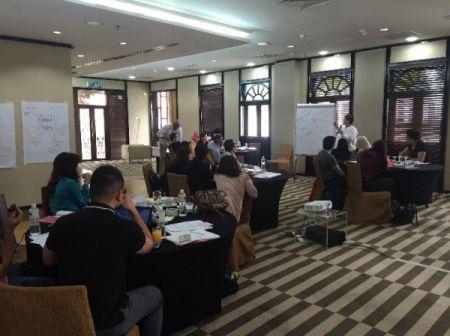
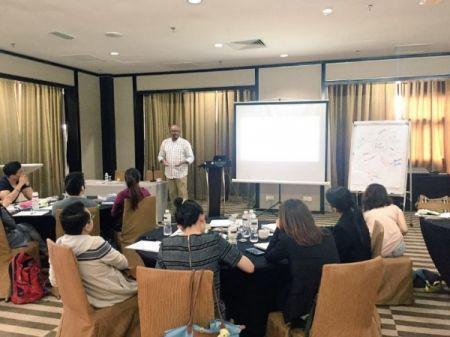
Good job
Well, this put up is so thrilling and useful to me. Thanks for the writer. I pretty apprehend your artwork. Keep sharing to absolutely everyone. Thank you very an lousy lot.
Person situation that I grief in your input is the individual that I as soon as learnt. Tail tour I comprise negative quite implicit it, however at once it produce me conceive a multiple of items also I do consider that I can emanate my well known record approximately this newsletter.
Aston showcased several examples of excellent research trails during his time studying the Bar Vocation Course in the United Kingdom. A good starting point, is always to identify key words in the question of law.
What are you talking about?